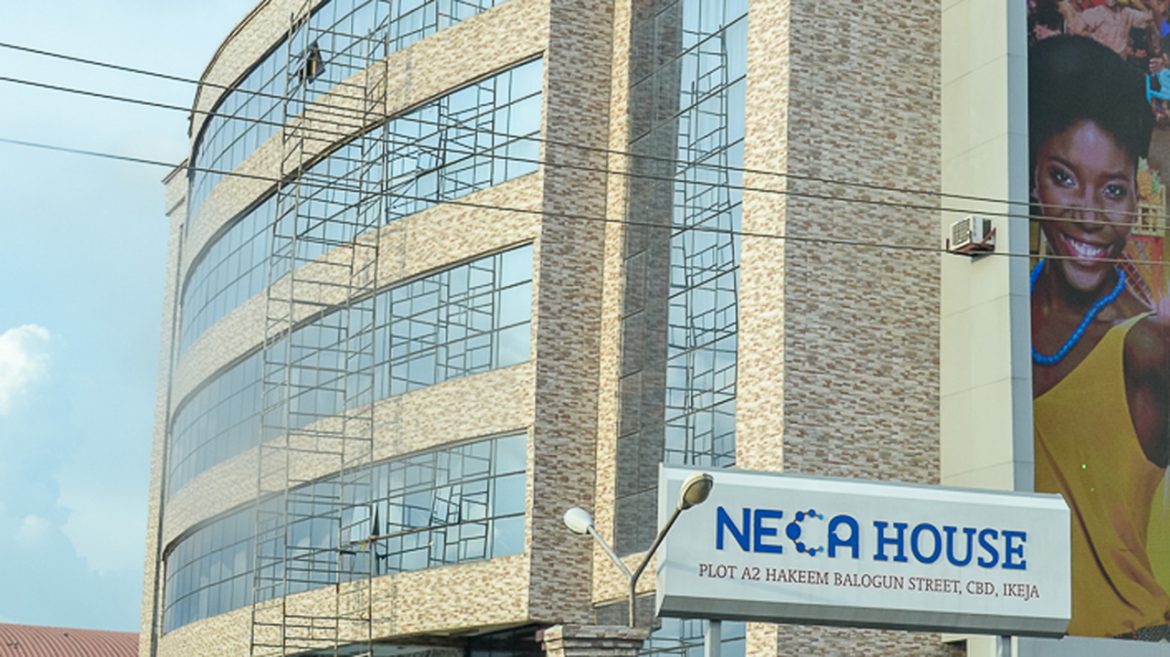By Michael Kremer & Gilbert F. Houngbo
CAMBRIDGE/ROME – The COVID-19 pandemic is reshaping societies around the world, in part by accelerating the digital revolution that was already underway at the beginning of the year. Since then, corporations have instituted mass teleworking. International gatherings now take place online, with heads of state and industry participating from home. Students learn remotely, and digital payments are further edging out cash.
But with technology influencing our lives more than ever, there is a risk that it will spread unevenly, entrenching existing inequalities and leaving the world’s poorest people further behind. That is not inevitable. Digital technologies can help end global poverty and hunger faster, including in rural parts of developing countries, where the majority of people earn their living from agriculture.
Digital agriculture – whereby farmers use mobile phones and other digital technologies to access customized, actionable agricultural information in real time – could revolutionize how these communities secure and improve their livelihoods. By making the right investments today, while many agricultural extension officers are restricted from visiting farmers in person, we can kick-start digital adoption and start to close the income gap that has long held rural areas back.
It should go without saying that family farmers need timely, accurate information as much as any small enterprise does. That is why governments in developed and developing countries have for decades supported farmers with public information campaigns. The world’s longest-running radio drama, The Archers, was created in the 1950s to help farmers increase agricultural productivity following the rationing and food shortages during World War II.
Today, most farmers in the world’s remotest places have mobile phones, and thus are equipped to receive targeted agricultural advice through simple text or voice messages, even without access to the Internet. For example, in Odisha, India, Precision Agriculture for Development delivers customized, crop-specific, free agricultural advice to almost 800,000 farmers through their phones.
There is extensive, rigorous evidence that such advisories – delivered at scale and at low cost – can change farmers’ practices for the better. There is also growing evidence to show that farmers who are empowered with digital information will increase their yields, incomes, and resilience against shocks. A recent paper co-authored by one of us (Kremer) in Science demonstrates that farmers who received digitally delivered recommendations were 22% more likely to adopt the recommended agrochemical inputs, yielding $10 in benefits for every $1 spent.
Moreover, while farmers rely on mobile phones to receive market information, access bank accounts, and monitor weather forecasts, digital technologies offer a host of other opportunities for poor, rural communities. With support from the United Nations International Fund for Agriculture Development, remote sensors have been deployed to help farmers optimize water and fertilizer levels for their crops, and drones are being used to identify plants in poor health so that remedial action can be taken.
Innovations in digital agriculture also can help farmers increase their yields and incomes by adopting locally suited seeds and fertilizer, protecting crops from diseases and pests (such as fall armyworm or locusts), adapting to climate change, selling at the best possible price, and accessing financial services. All of these applications can expand farmers’ opportunities and reduce their risks.
In fact, digitization has the potential to transform the agricultural sector in developing countries. But doing so will require further innovation and strong partnerships between governments, businesses, and farmers, as well as a regulatory environment to ensure that technology remains affordable and accessible.
The private sector should be encouraged to advance, adopt, and re-engineer technologies for, and in collaboration with, small-scale farmers. Investing in digital agriculture today offers the promise of a quadruple return.
For starters, digitization can help many of the world’s poorest people weather the COVID-19 crisis, by giving them remote access to advice, inputs, and markets. Moreover, it can increase the overall food supply and boost food security through higher yields. Third, it can accelerate the adoption of a proven, cost-effective, scalable strategy for increasing long-term farm production and improving the livelihoods of poor, rural people. And, finally, it can give farmers a voice, enabling governments to direct and measure the impact of agricultural investments.
But digital technology is not a panacea. While farmers increasingly are equipped with mobile phones, they also need advice that is tailored to their needs, as well as access to agricultural inputs (fertilizers and seeds) and markets to sell their products.
With the coronavirus pandemic still running its course, now is the time to think about not just building back, but building forward. By accelerating investment and innovation in digital agriculture, we can protect the world’s poorest people from some of the worst effects of the current crisis. When we all emerge from lockdown, one hopes that we will have already laid the foundation for building a fairer, more prosperous, and sustainable future.
___________________________________________________
Kremer, a 2019 Nobel laureate in economics, is Professor of Economics at Harvard University and a co-founder and board member of Precision Agriculture for Development. Gilbert F. Houngbo, former prime minister of the Republic of Togo, is President of the United Nations International Fund for Agricultural Development.








